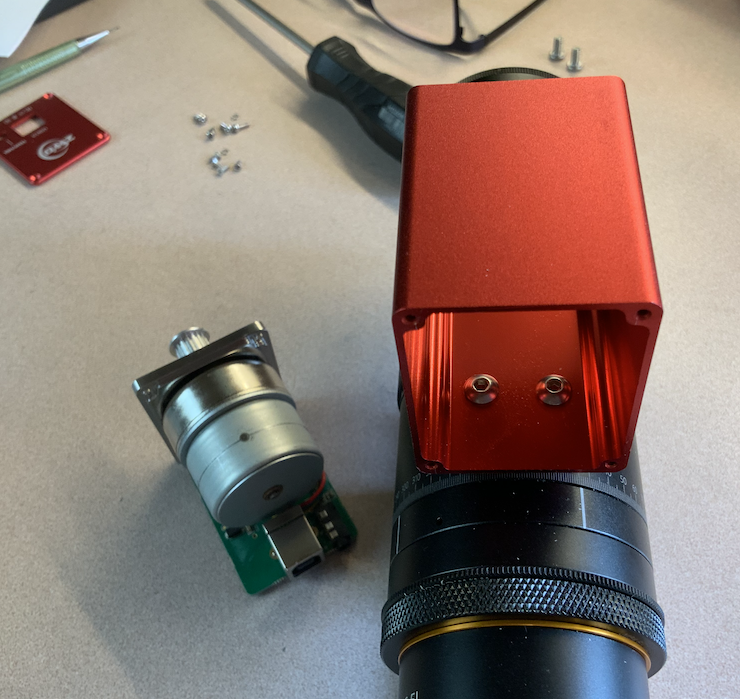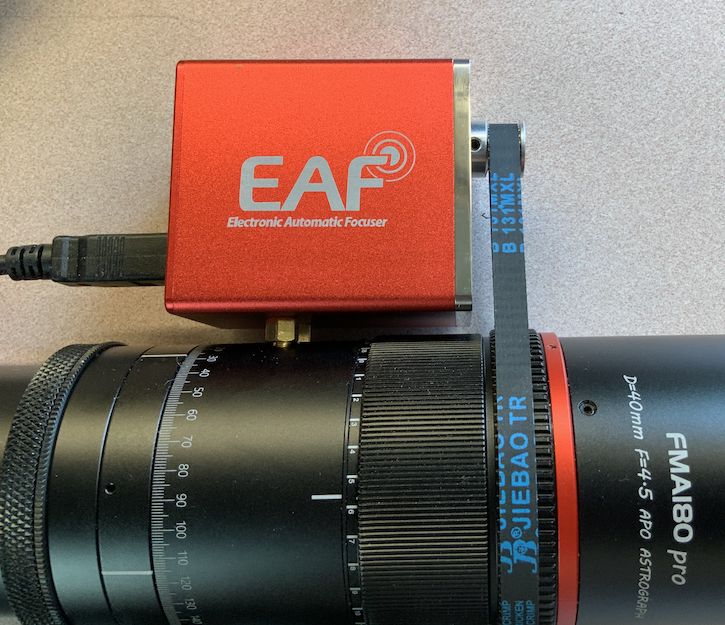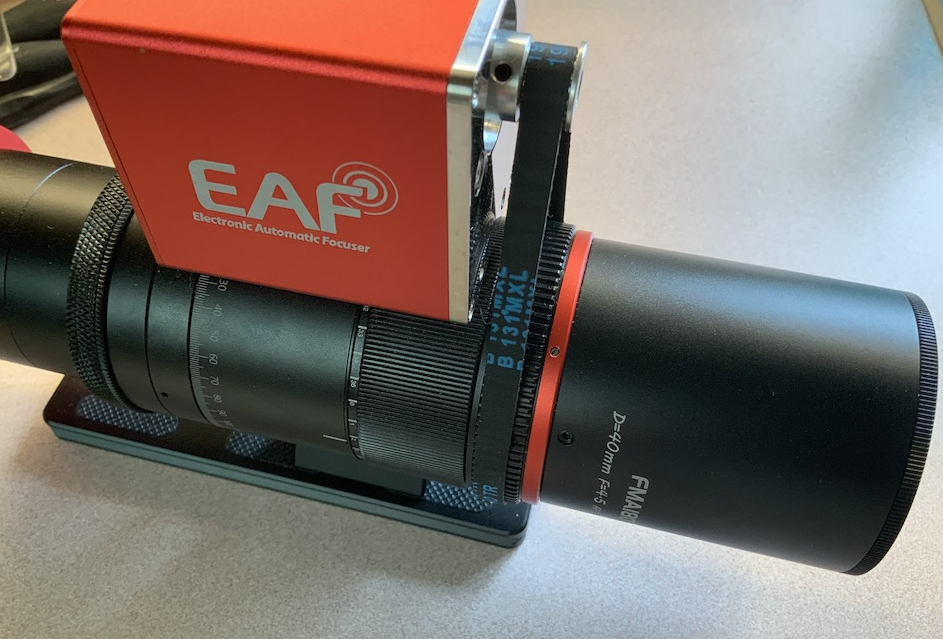Kevin_A Did you say you have an Askar FMA180 Pro?
Yes, I have it, and also the non-Pro version. Same optical glass, but the "pro" is much more ergonomic.



Pretty reasonable guide scope for shorter focal length main OTA.
BTW, you need to check if the stars themselves have moved (relative to one another) from one frame and another frame 20 minutes later. This will tell you if you are fighting with the ASIAIR bad centroid algorithm.
Just switch from ASIAIR. Your problems with flakey ASIAIR algorithms will be over.
I have recently been indoor testing the usability of StellaMate Pro and INDIGO Sky running on Raspberry Pi 5 to see how much more "difficult" they are to use, compared with the ASIAIR. For someone with more than room temperature IQ and can actually read English documentation, it is pretty much a wash if you just need what is only available in ASIAIR (the INDIGO Web interface is actually quite nice for initial setup -- WiFi, drivers, etc.) StellarMate Pro might be more money than a lot of Easy as 1,2,3 types want to spend, but the Raspberry Pi 5 is dirt cheap ($100 -- even if you buy the complete INDIGO A1 software suite for $60, is still dirt cheap).
My All-Sky Camera has been running trouble free for about a year on a Raspberry Pi 4 INDIGO Sky, with my own macOS software as the GUI -- I may just swap the board for a RPi 5 to see if the image downloads are even faster.
If you have a Mac, the INDIGO A1 is a pretty complete turn key solution. To make it Easy as 1,2,3, just don't use the features that are not present in the ASIAIR.
Chen